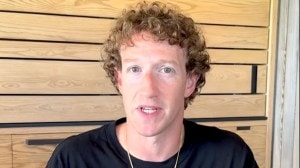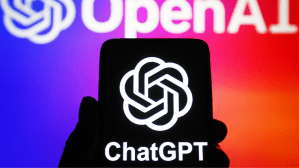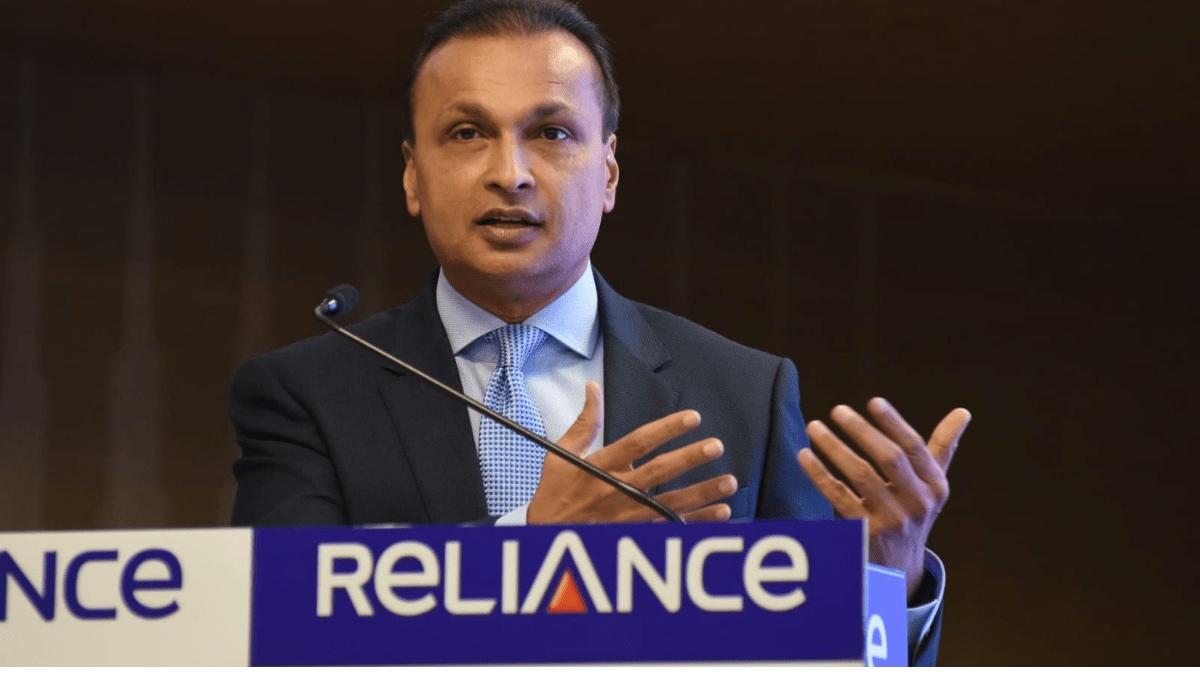The government is very clear on ensuring that digital fakery must end. Ahead of the meeting with online platforms such as Google, Facebook, YouTube on Friday, November 24th on the issue of deepfakes, India’s IT minister Rajeev Chandrasekhar speaking to Financial Express Online says: “the meeting on the 24th is simply to reiterate that the current law and rules provide for platforms to take down misinformation and that deepfakes are misinformation powered by Artificial Intelligence (AI).” He says, “we will lay out what the current laws and rules are and share our thinking on this and emphasise that if necessary, we will tighten rules and the law to deal with this issue.” This is off course, contingent upon the extent to which the online platforms take correctives. However, if the issue of deepfakes “is still handled casually, the government will not hesitate to tighten rules and the law,” he says. This, he explains, could also include punitive action or imposition of penalties if the platforms do not abide by the stipulated practices.
But then, before taking any measure, he says, it is important to engage with the platforms. Or, as he puts it: “since, we will not do anything without first having a conversation with the platforms and therefore, we are having this meeting to engage with them on this matter.”
Global menace
Welcoming any move to get social media platforms to deploy their AI algorithms to recognise deepfakes and curb their presence as an important tool to counter the problem of deepfakes, Kris Gopalakrishnan, tech guru and co-founder of Axilor Ventures feels traditional methods to curb the menace backed by imposition of penalties, fines or a jail term could act as important deterrents. Though, he reminds that there could be possible challenges of having offshore operators as the real perpetrators but then, he still favours a law in place that enables people to take the deepfake generators to court. The only impediment, at the moment, could be that since this is new technology, law typically takes time as tech innovations typically tend to run ahead of regulations. Also, law needs to be worded properly to ensure that the genuine players, say those from the cartoon industry, do not get adversely impacted.
Gopalakrishnan, who to many is that familiar co-founder face of Infosys and a research-funding focussed philanthropist, deepfakes is still a global menace with solutions still being thought of by many countries across the world. To him, the way forward therefore at the moment would be a mix of technological interventions and regulatory frameworks. On technology-based options, he feels the use of digital watermarking could be one among the many possible interventions being explored to check this problem. “Everybody is struggling globally,” he says pointing to the recent move by the US where it came out with its executive order putting across a set of guidelines on AI. This was incidentally, days before UK organised a global artificial intelligence (AI) safety summit.
The problem more unique to India, he says, is its large population with many not necessarily understanding the damaging implications of this. Nonetheless, he feels, the native intelligence and an inherent scepticism among the people could work in their favour.
Tech solution – a cat & mouse game
Describing the hunt for a tech-based solution to this problem more as a continual cat-and-mouse game, Manish Gangwar, associate professor, marketing and the executive director of the Institute of data science and advanced management programme in business analytics at the Indian School of Business (ISB) says, this is because the fraudster would be working towards bettering the interventions.
He also feels, regulations that could make it imperative for the online platforms to undertake the filtering process to check and curb deepfakes could be one option. The second, and perhaps a more crucial component, in combating the menace of deepfakes would be around building awareness about the problem and the fact that it is not a rocket science and could proliferate easily and adversely impact people and finally to make people view the problem more from the perspective of its ability to cause damage.







